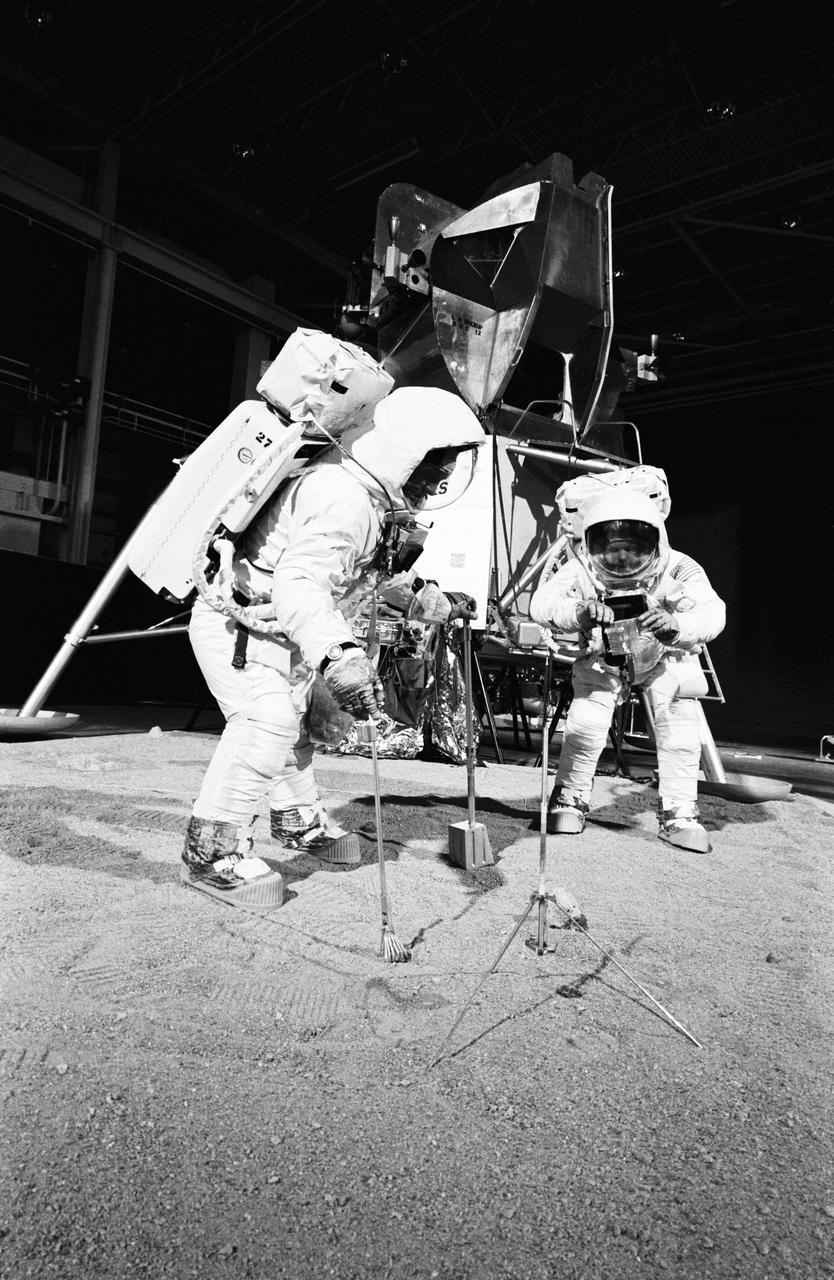Gotta be disappointed with that assignment...who stayed onboard Columbia during the lunar landing
I was watching interviews with the surviving crew and I think it was Collins talking about firsts (Armstrong having been the first to put boot to moon), saying Buzz had a first too; he was the first back onto the lunar module. I wonder if he might still be bitter about it.Gotta be disappointed with that assignment...

It's astonishing that those photos are 50 years old. They don't look it.
Bummer we lost Neil just seven years ago.
If it all didn’t go to plan, he would’ve been the lucky one.Gotta be disappointed with that assignment...
Gotta be disappointed with that assignment...

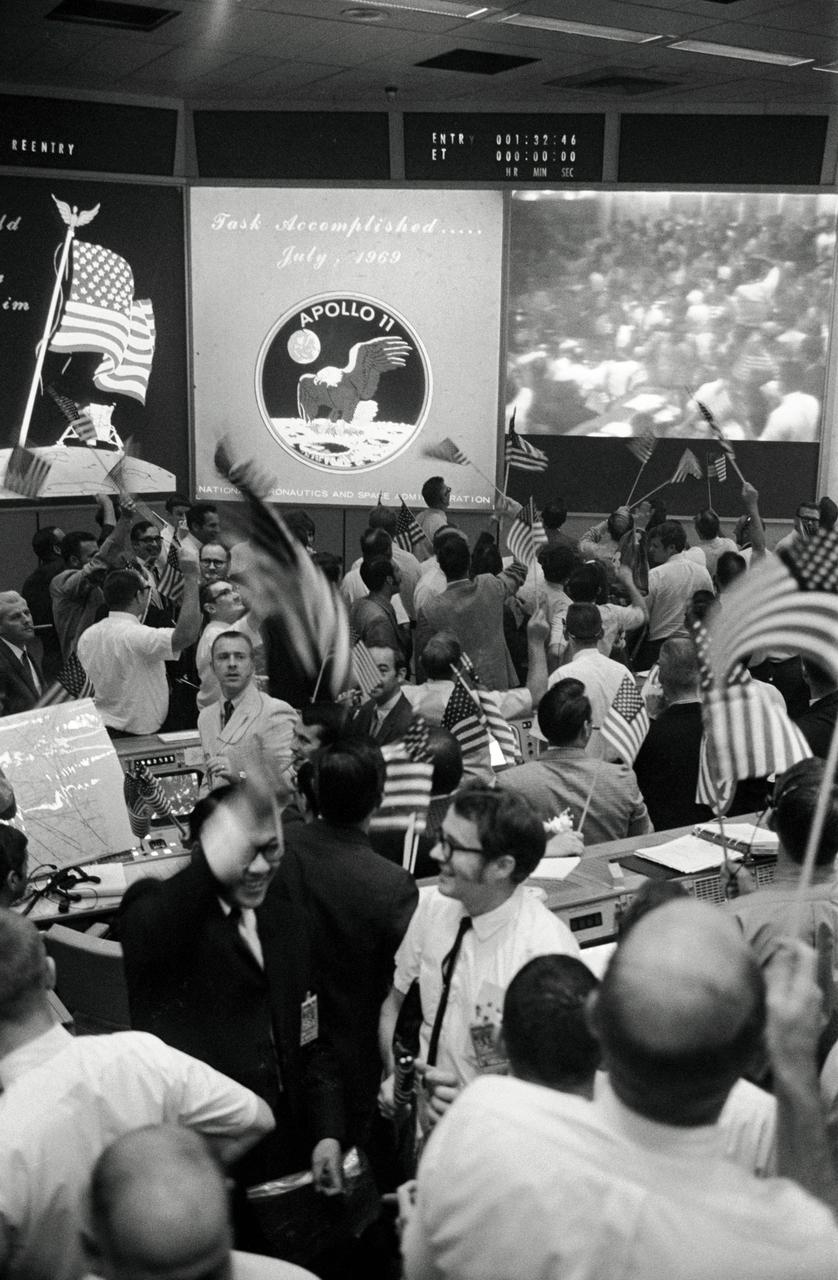
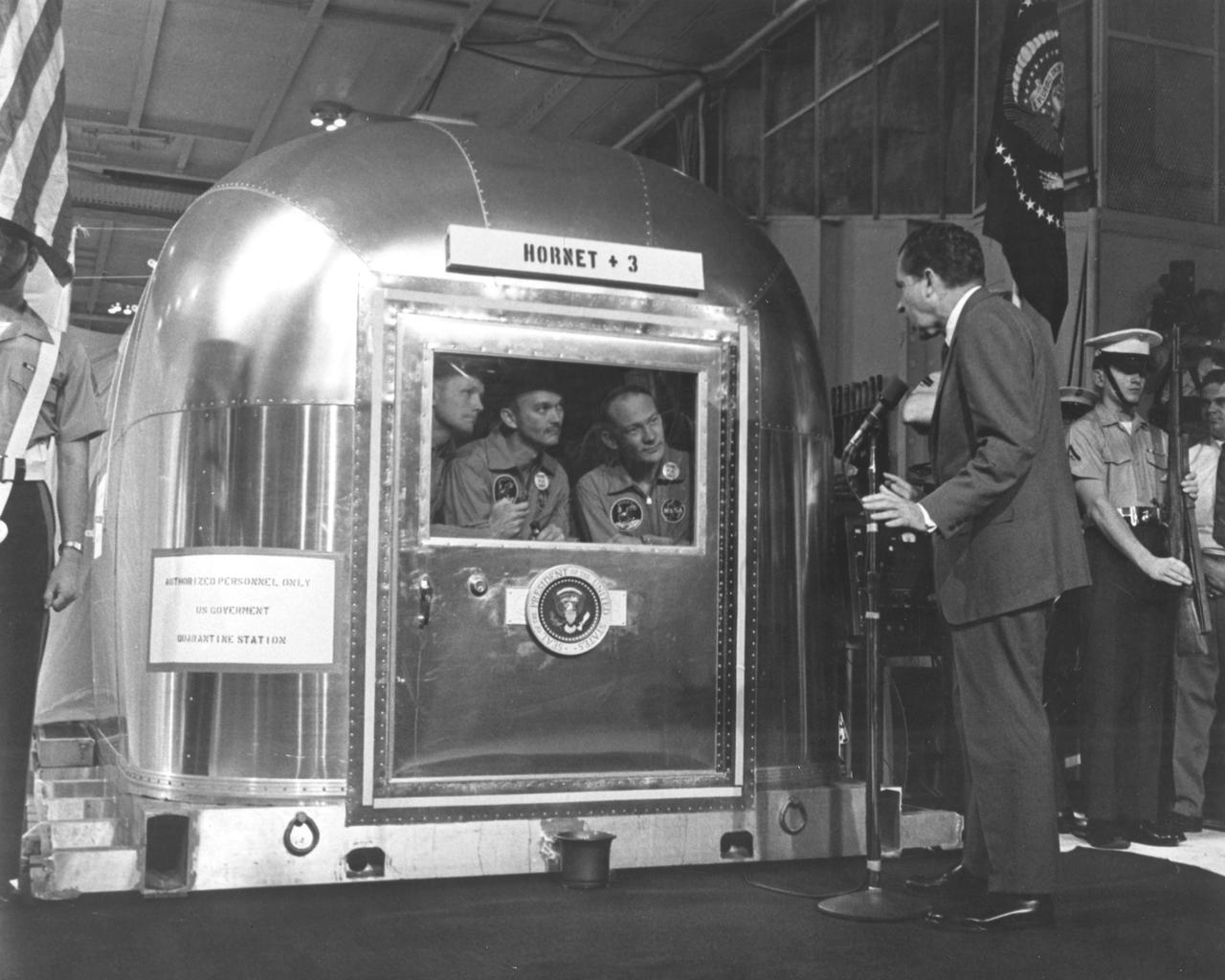
Those old bombers were built like tanks. The airframes were very sturdy and could still fly with a lot of damage; that's how they were engineered. I'm sure there are several stories of bombers being heavily damaged and still getting home safely.View attachment 839485
This image confuses my brain somewhat. Here we clearly have a B-17, but then we also have a engine in the nose, and it's the only one that's on!
This is a photo taken in 1950 when they were testing the Pratt & Whitney T-34 Turboprop. They used an old B-17 as a test bed.
The 4 original engines in the B-17 produced ~1,200hp each giving a total of 4,800hp. The T-34 produced at least 5,200hp and could fly the 'plane on its own!
---
This is B-17 All American making its way home after colliding with a Me109. I'm not really sure how it is still able to fly and it made it home without any crew injuries.
View attachment 839486
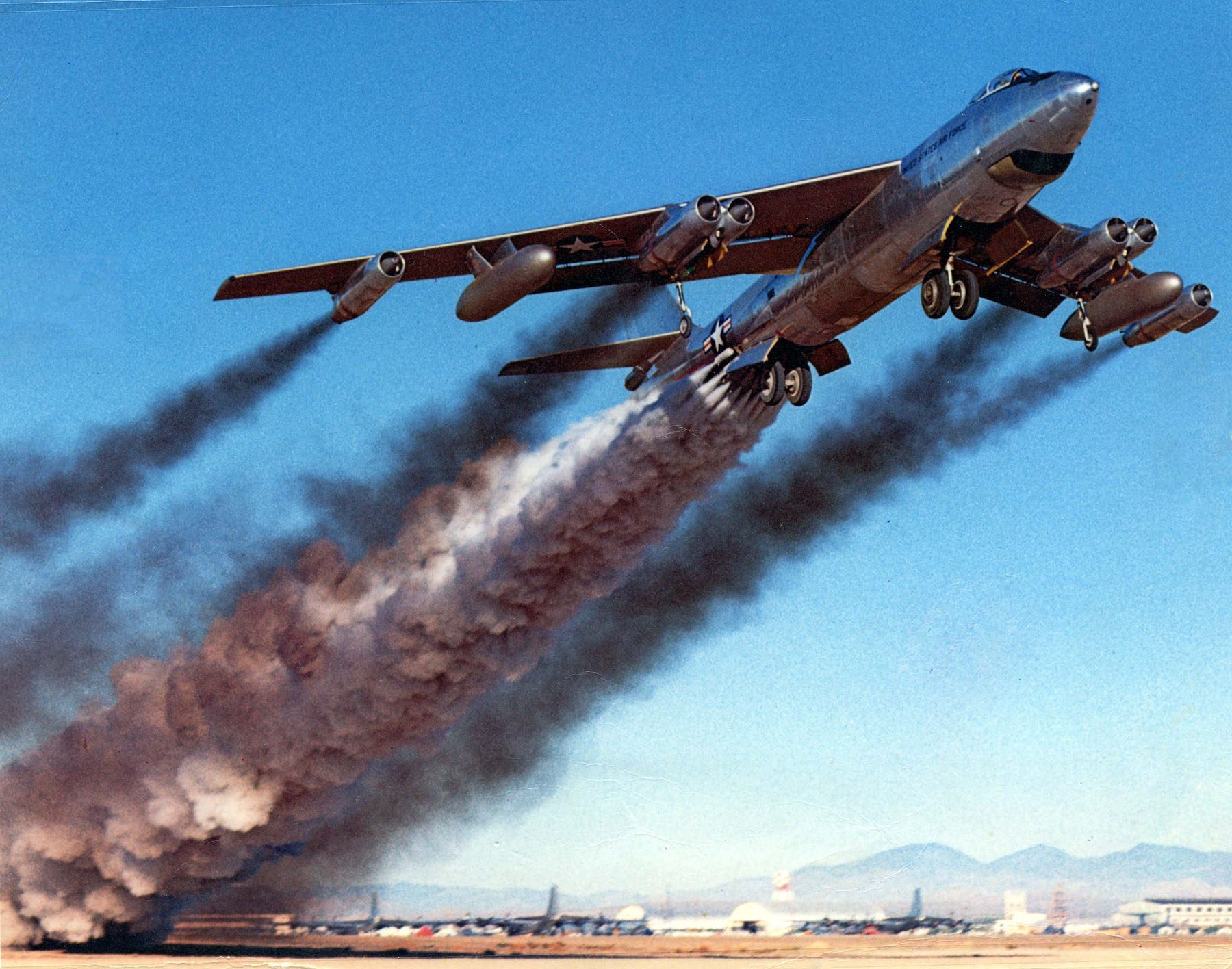
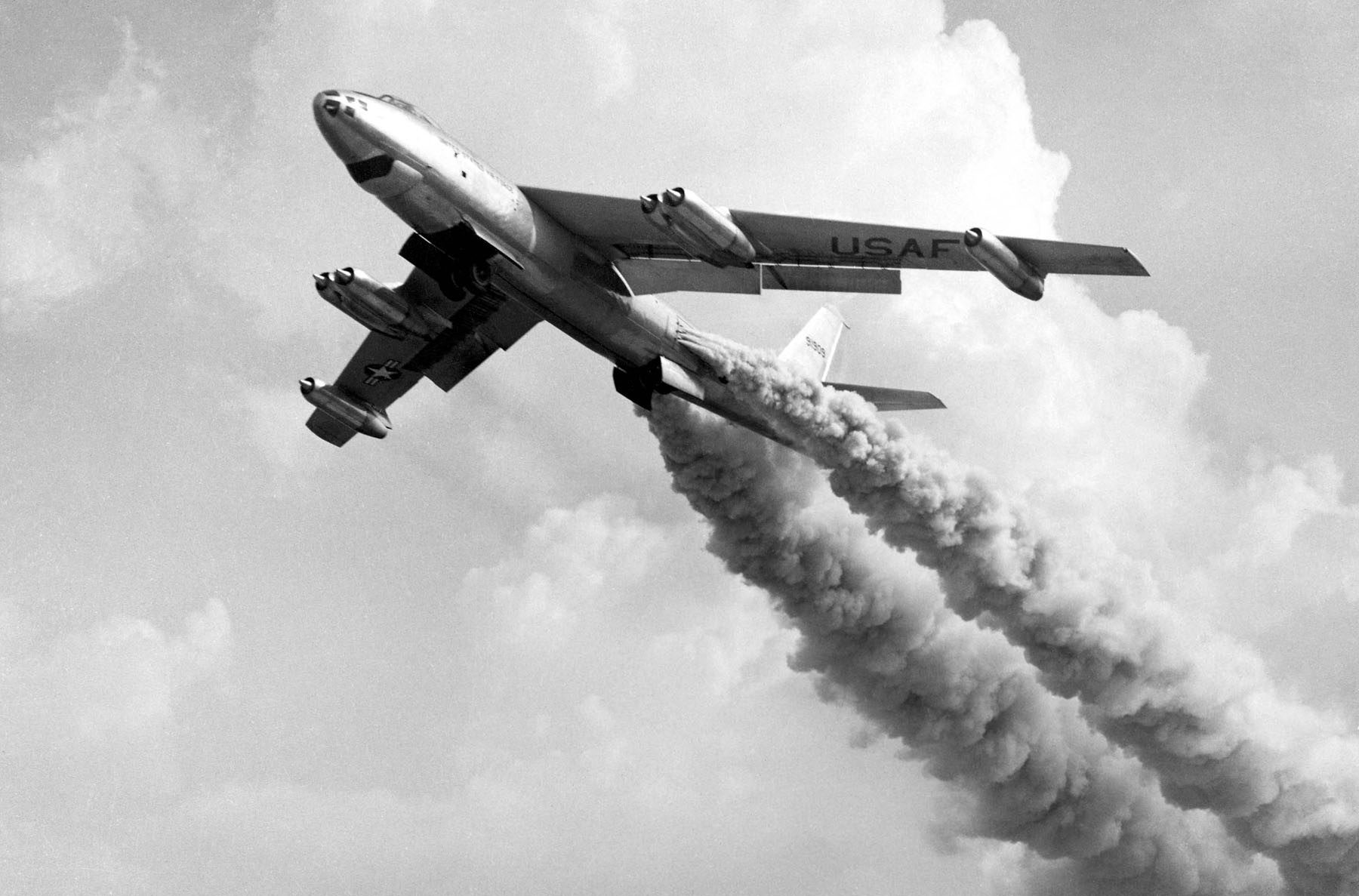
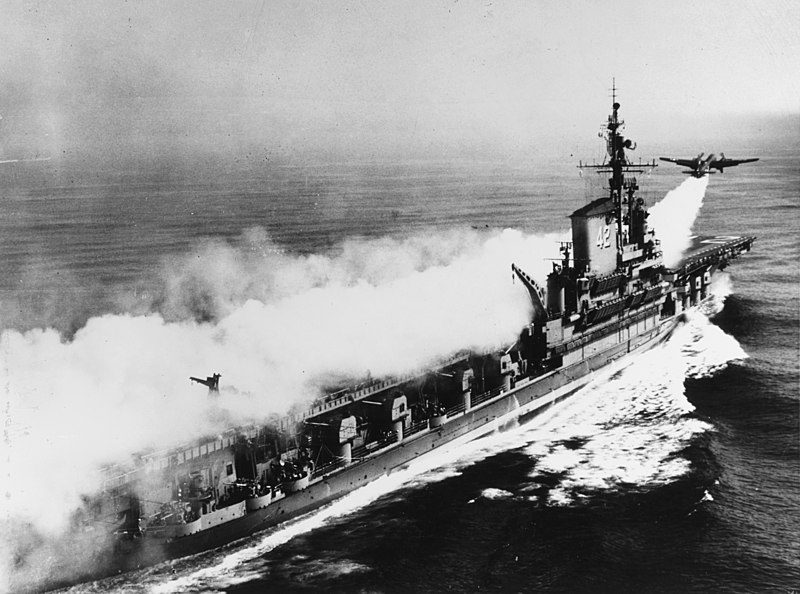
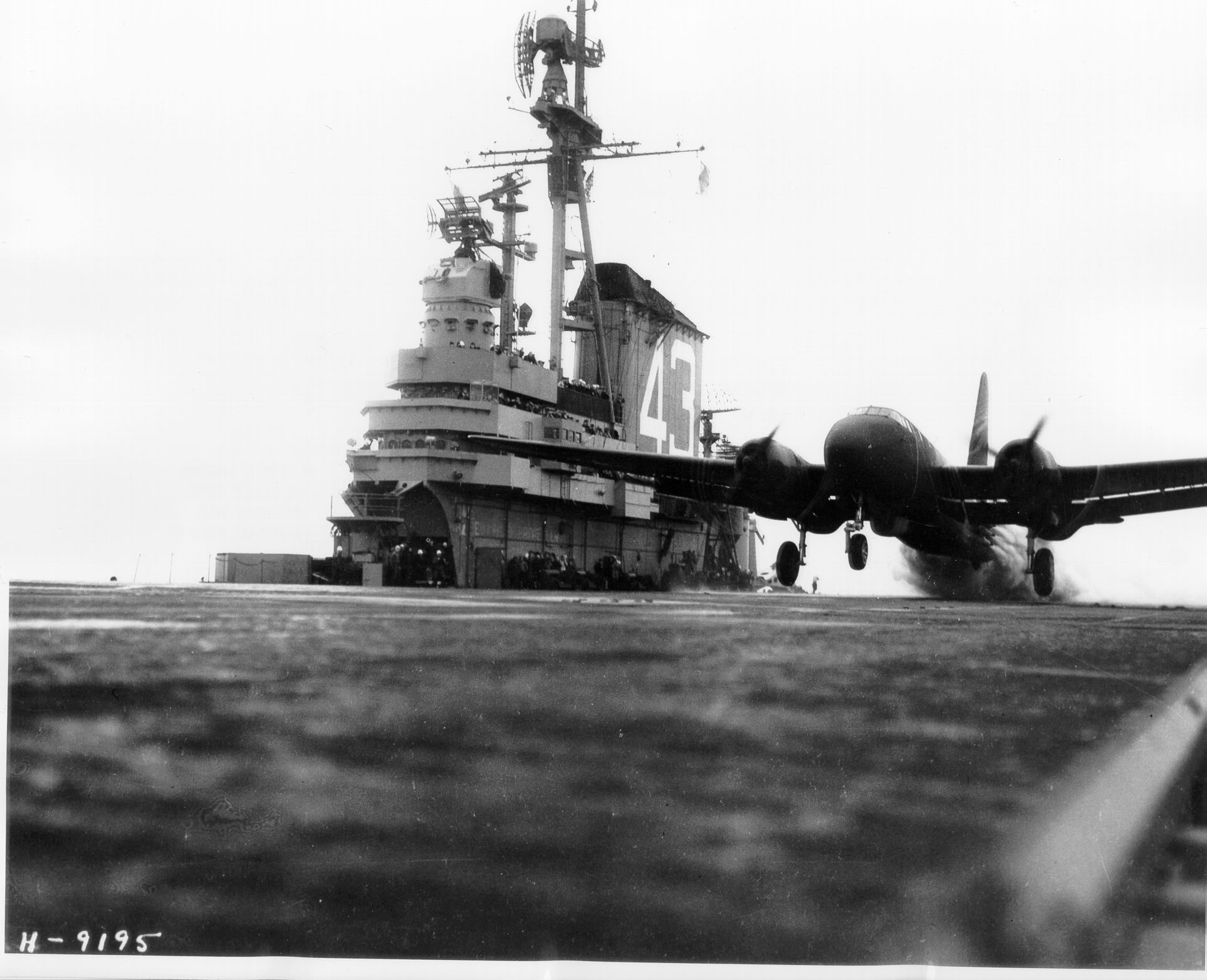
The air intake under the nose makes it look as if those B-47s are going, "Woooooooooooooaaaaaaaaah!"
The air intake under the nose makes it look as if those B-47s are going, "Woooooooooooooaaaaaaaaah!"
This is B-17 All American making its way home after colliding with a Me109. I'm not really sure how it is still able to fly and it made it home without any crew injuries.
View attachment 839486
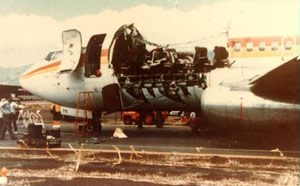
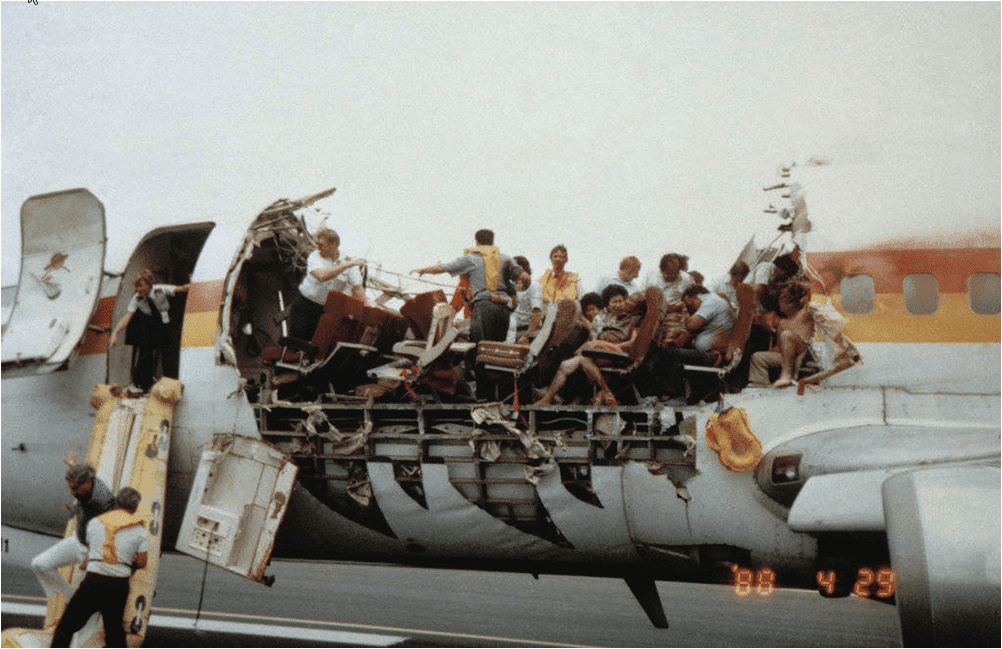

Even some commercial airliners had to use JATO in high-altitude airports in South America where the air was too thin to generate enough speed.
Eh, the rockets no matter which way they're pointed, don't produce lift. It's just a secondary thrust source for more speed so that the wings can then generate the amount of required lift. It would be no different comparing that of an aircraft equipped with an afterburner to one without. Essentially it's a secondary source of thrust after the combustion stage within the engine.lift
Operation Plumbbob (1957)
Location: Nevada Test Site
Detonation Name: Priscilla
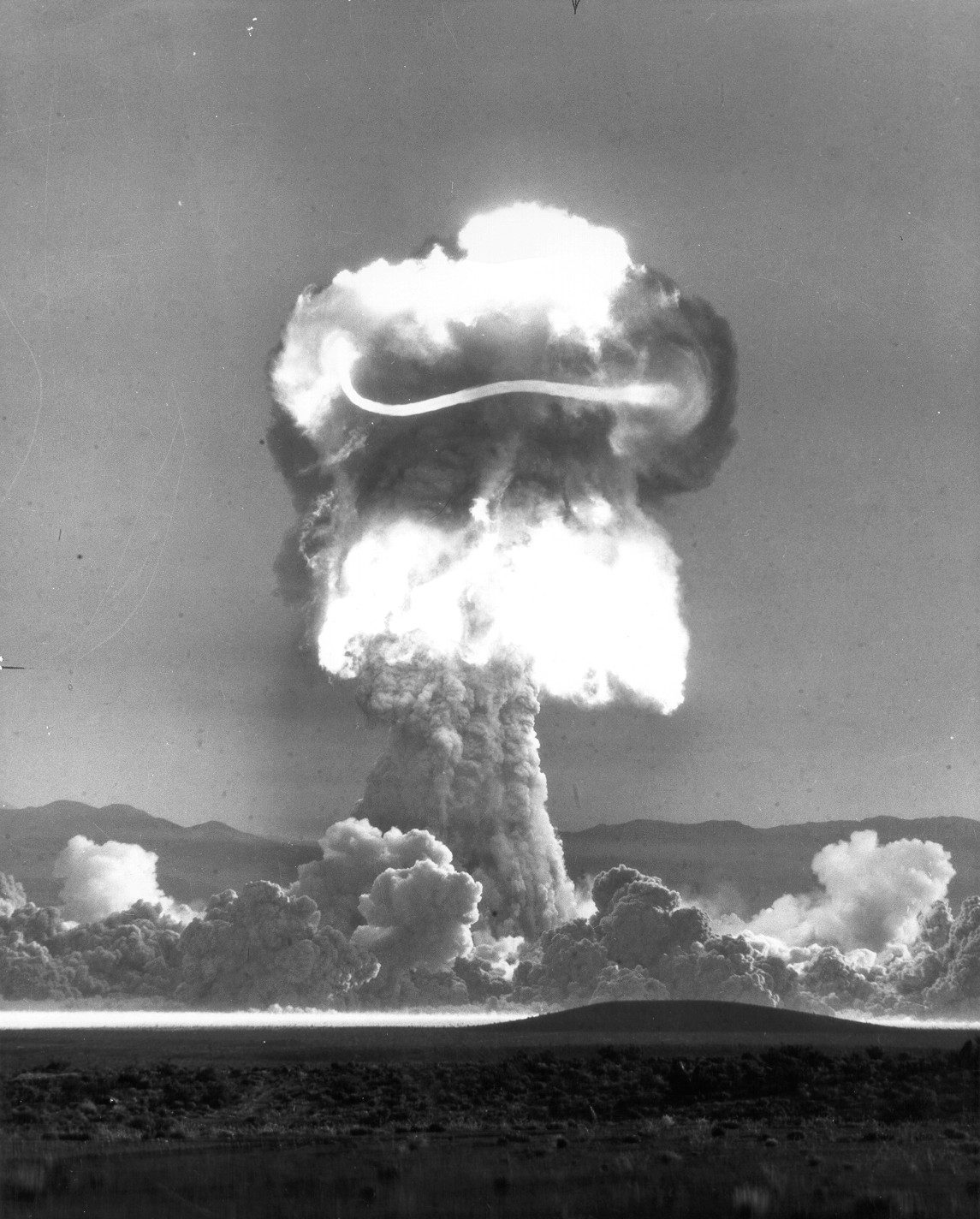
Aldrin and Armstrong during Extravehicular Activity (EVA) training – April 22nd 1969
